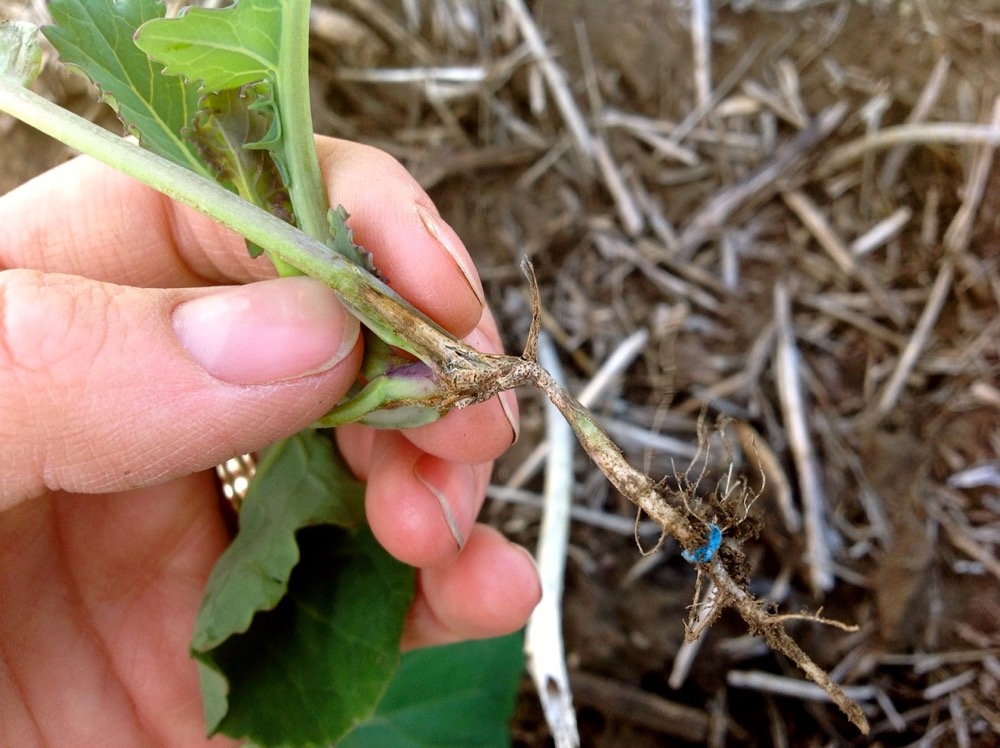Three main tools go into a successful blackleg management strategy in canola: seed genetics, seed treatment and foliar fungicides.
Blackleg genetics, along with seed treatments, can help you get into the season and established while protecting seedlings from blackleg for the first few weeks after seeding.
At the two- to six-leaf stage, consider using a foliar fungicide — especially if last year’s scouting showed that you had significant blackleg infection in your fields.
- Read more: Four canola diseases to watch for
Read Also

Cancer agency reclassifies another herbicide ‘probably carcinogenic’
The WHO’s cancer research agency has now put atrazine, a herbicide well known to corn growers, in the same potential-hazard category where the agency put glyphosate.
Genetics, seed treatments, and fungicides can be individually effective against blackleg, but they should be supported by good agronomic practices to maintain their useful life.
Scouting to identify the disease, as well as good weed control to eliminate host weed species, are two important pillars of a successful blackleg management strategy.
The ideal time to scout for blackleg is right around maturity, or close to swathing. When scouting, cut stems just above the soil surface to check for blackleg infection symptoms. Late-season blackleg infections may look like several other issues, such as lodged or early-maturing patches, and might not otherwise raise a lot of concern.
Weed control throughout your rotation should also be top- of-mind. Controlling brassica weeds and canola volunteers is especially important, as they can be prime blackleg hosts in your non-canola growing years.
Michael Hutton, product evaluation scientist with Syngenta Canada.















